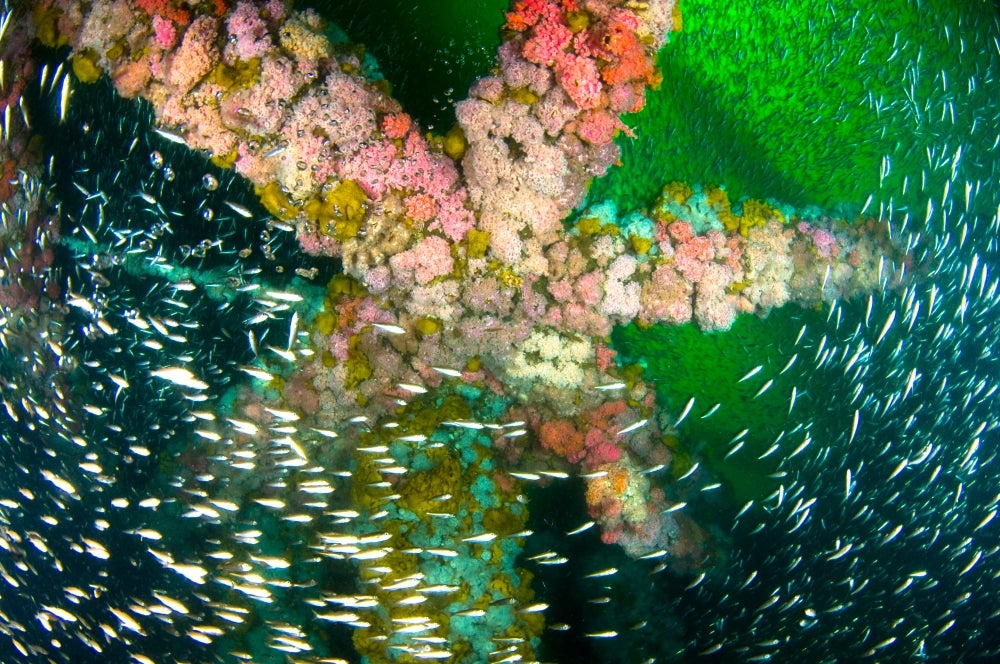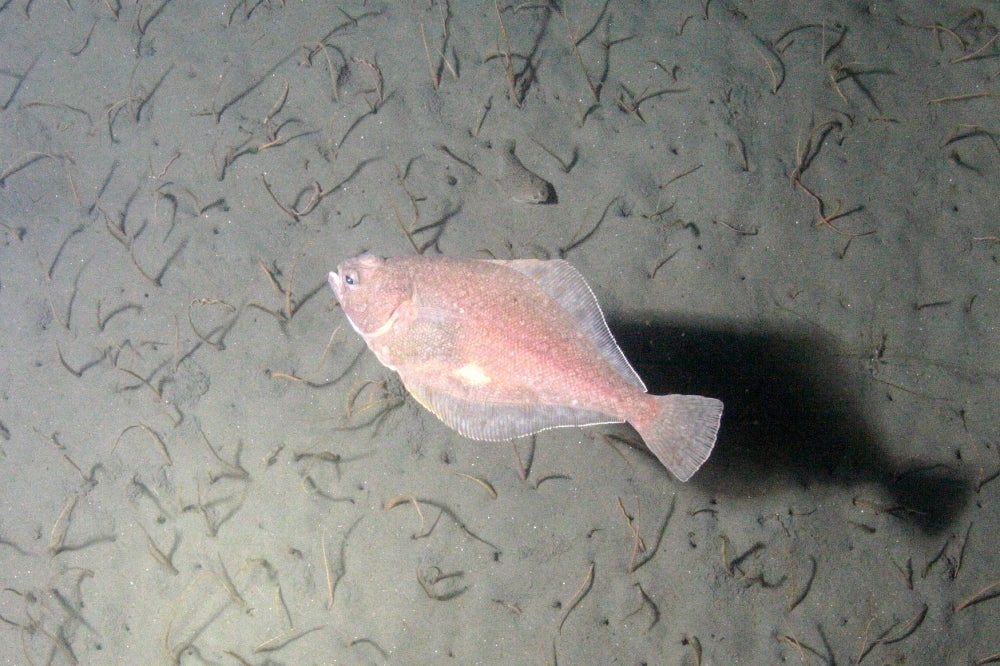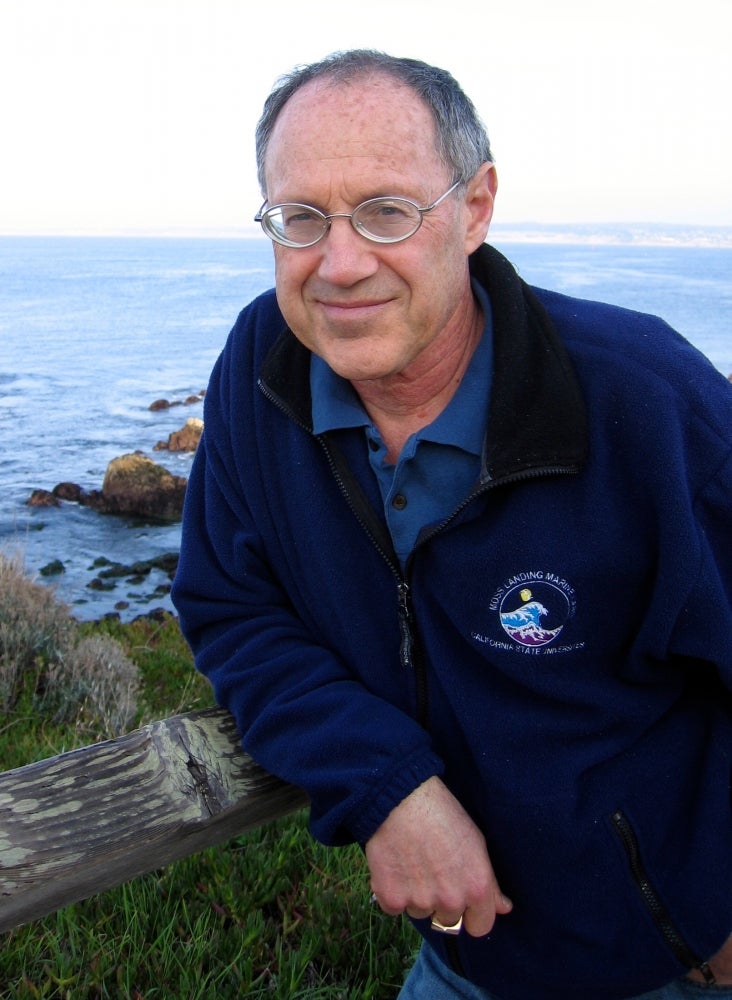
Study Examines Heavy Metal Pollutant Levels at Oil Platforms


A recent study by UC Santa Barbara scientists analyzed whole-body fish samples taken from oil-and-gas production platforms and natural sites for heavy metal pollutants. The results showed all but four elements were relatively consistent at both types of location. The findings were published in the Bulletin of Marine Science.
The research, led by fish expert Milton S. Love, a research biologist with the Marine Science Institute, entailed collecting a total of 196 fish –– 18 kelp bass (Paralabrax clathratus), 80 kelp rockfish (Sebastes atrovirens), and 98 Pacific sanddab (Citharichthys sordidus) –– from five offshore oil platforms and 10 natural areas during 2005 and 2006. Samples were taken at 19 sites between the Santa Barbara Channel in the north and Long Beach in the south. Three of the offshore islands –– Santa Cruz, Anacapa, and Catalina –– provided some of the natural sites.
Of 63 elements, 42 were excluded from statistical comparisons because they were not detected during analysis, were detected at concentrations too low to yield reliable quantitative measurements, or were deemed unlikely to accumulate to potentially toxic concentrations. None of the remaining 21 elements consistently exhibited higher concentrations at oil platforms than at natural areas.
For one species of fish, the Pacific sanddab, small fish around oil platforms had lower levels of three elements, selenium, titanium, and vanadium, whereas larger platform fish tended to have higher levels of these three elements. In addition, larger fish tended to have more tin at natural areas but more copper at platforms. "We are mystified and have no explanation for that," said Love. "It may have to do with different feeding habits between juveniles and adults, but we just don't know."
Twenty-seven active and seven decommissioned offshore platforms are located within the study area. There is great debate about what to do with decommissioned platforms. The study says that while decommissioned oil platforms in Southern California have historically undergone complete removal, "recent ecological studies indicate that platforms provide artificial structure for marine life, including many fish species of recreational and commercial importance, and may contribute to rebuilding overfished stocks."
According to Love, the federal government, which oversees most of the platforms off California, is looking down the road to the time when these platforms become uneconomical to operate. "No one knows when that will be," he said, "it is a purely economic decision, much of it driven by the price of oil." This study, sponsored by the Bureau of Ocean Energy Management, gives the federal government important information in the decision-making process for future decommissioning.
"The State of California has a law that says that complete removal may not be necessary," explained Love. "It's possible that the state will require owners to cut the platforms below the waterline and leave the rest as reefs. In that process, there are questions that have arisen over and over again: Are these fish polluted in some way? Are we leaving a structure filled with polluted fish?"
This study begins to answer that question. The findings do not support the hypothesis that oil platforms off California are major sources of trace element contamination in resident marine fish.
"In science, nothing answers anything definitively," said Love. "Because you can never know the truth; all you can do is approach the truth. All we can say is that based on this one study, heavy metal pollution does not seem to be an issue around the platforms we sampled."
Related Links



